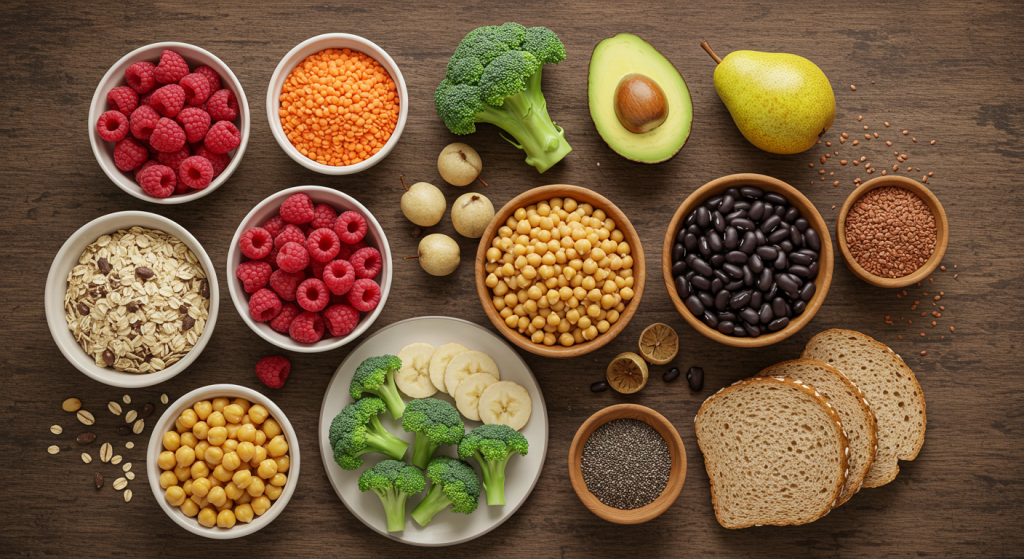
In this article I have shared about top 10 Fiber Foods, how the fiber is good for your body? It’s true and it’s very important to stay healthy. Fiber keeps your tummy happy, helps you feel full longer, and can even lower your risk of heart disease and diabetes.
But what exactly is fiber?
Fiber is a part of plants that your body can’t digest. Instead of breaking down, it moves through your system and helps clean it out. Think of it like a gentle broom for your insides.
There are two types of fiber:
- Soluble fiber: This type mixes with water and turns into a gel. It helps slow down digestion and can lower blood sugar and cholesterol.
- Insoluble fiber: This one doesn’t mix with water. It adds bulk to your stool and helps you stay regular.
Let me tell you guys, you can get both types of fiber just by eating the right foods. Let’s check out the Top 10 fiber-packed foods that are tasty, healthy, and easy to find in the U.S.
A Closer Look at the Top 10 Fiber-Packed Foods
1. Raspberries (8g per cup)
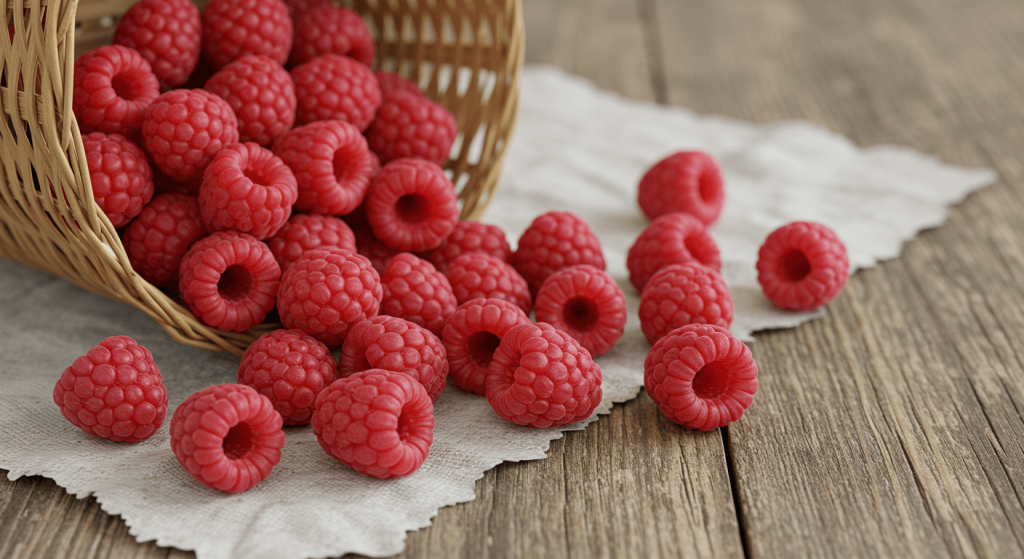
These tiny red berries pack a powerful punch. One cup gives you about 8 grams of fiber! Plus, they’re full of vitamin C. Throw them in a smoothie, sprinkle on cereal, or eat them fresh.
2. Lentils (7.8g per ½ cup, cooked)

Lentils are superstars when it comes to fiber and protein. They’re cheap, easy to cook, and perfect for soups or salads. A warm bowl of lentil soup is both filling and heart-friendly.
3. Black Beans (7.5g per ½ cup, cooked)
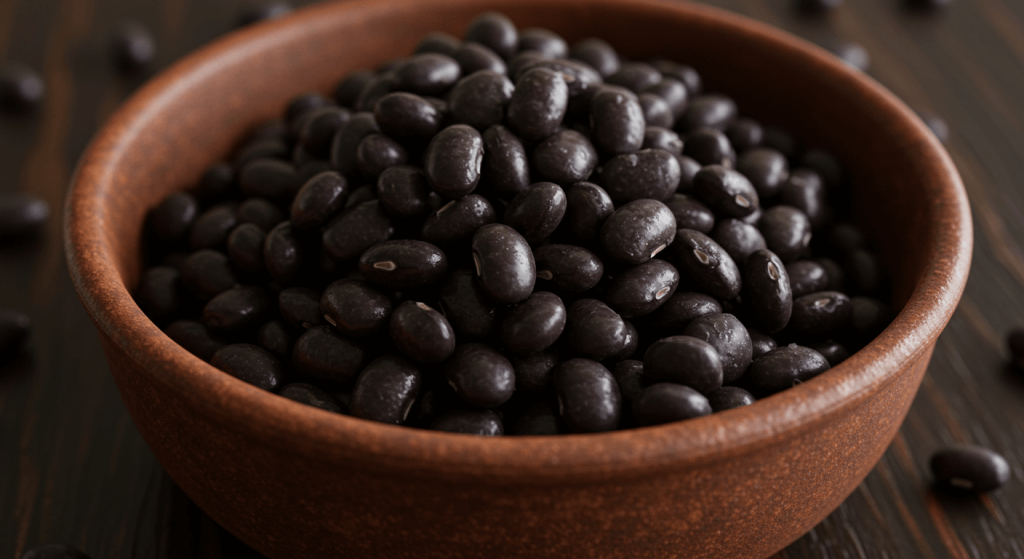
Beans are classic fiber foods. Black beans are rich in both fiber and antioxidants. Toss them in tacos, rice bowls, or chili for a tasty fiber boost.
4. Pear (5.5g per medium pear, with skin)
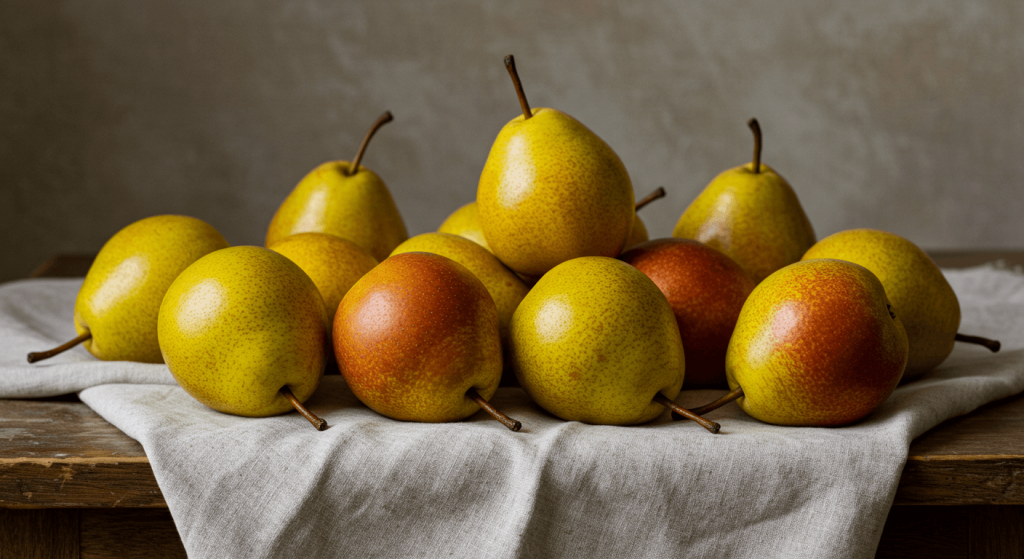
Pears are juicy, sweet, and great for digestion. Most of the fiber is in the skin, so eat it whole for full benefits.
5. Avocado (5g per ½ cup)
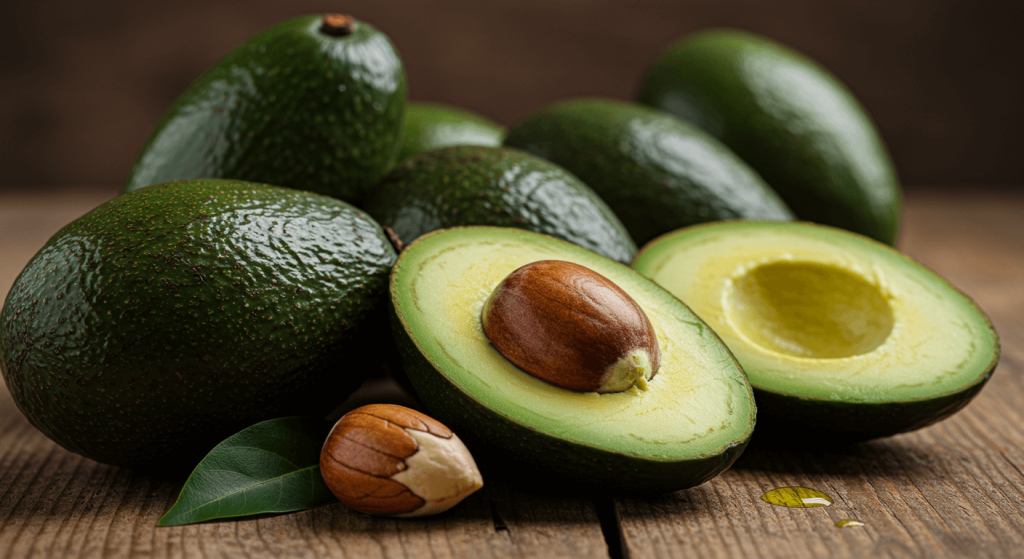
Yes, avocados have fiber. Along with healthy fats, they’re creamy and perfect for toast, salads, or dips like guacamole.
6. Oats (4g per 1 cup, cooked)
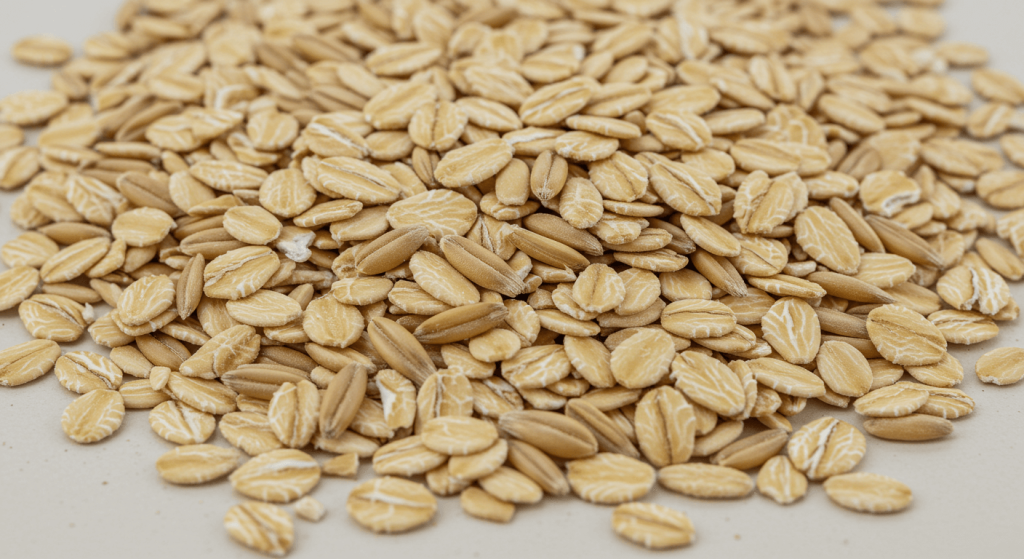
Oats are a breakfast favorite and they’re great for your gut! Just one cup of cooked oats gives you about 4 grams of fiber, especially soluble fiber called beta-glucan, which can help lower cholesterol. Add fruit or nuts for extra flavor (and even more fiber).
7. Chickpeas (6g per ½ cup, cooked)
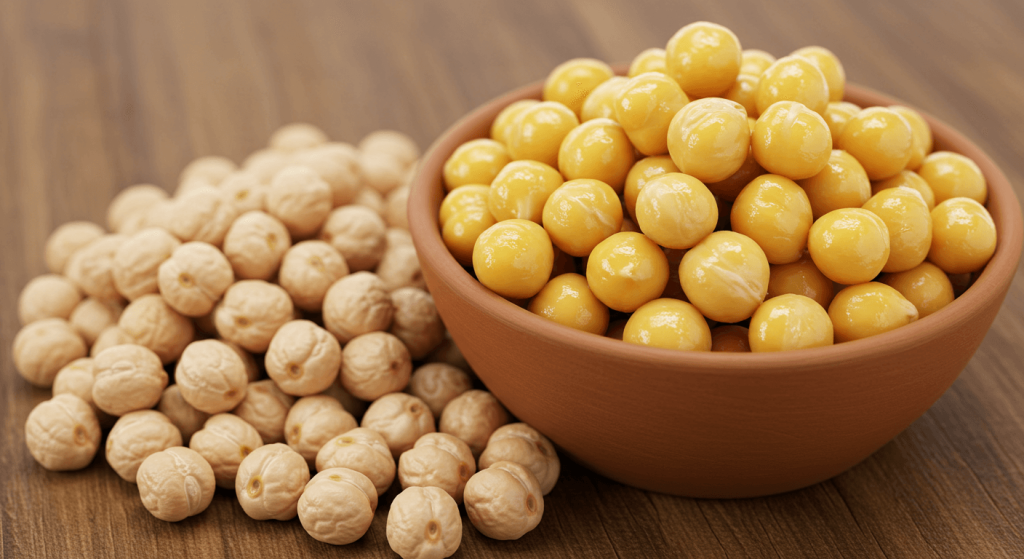
Also known as garbanzo beans, chickpeas are full of fiber, protein, and flavor. You can roast them for a crunchy snack, toss them into a salad, or blend them into creamy hummus.
8. Broccoli (5g per cup, cooked)
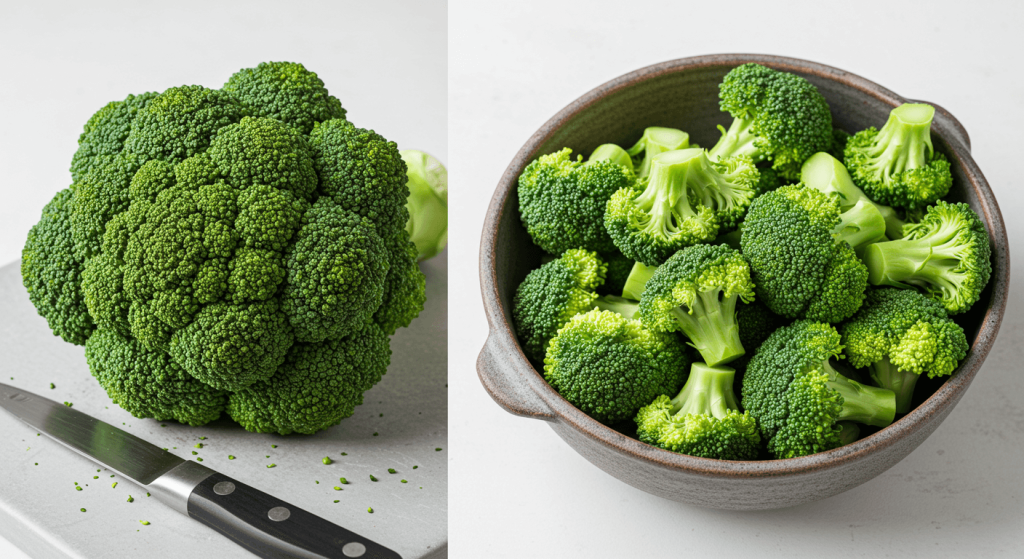
This green veggie is a fiber hero. It’s also packed with vitamin C and antioxidants. Steam it, roast it, or toss it into pasta broccoli makes everything better (and healthier).
9. Chia Seeds (10g per ounce)
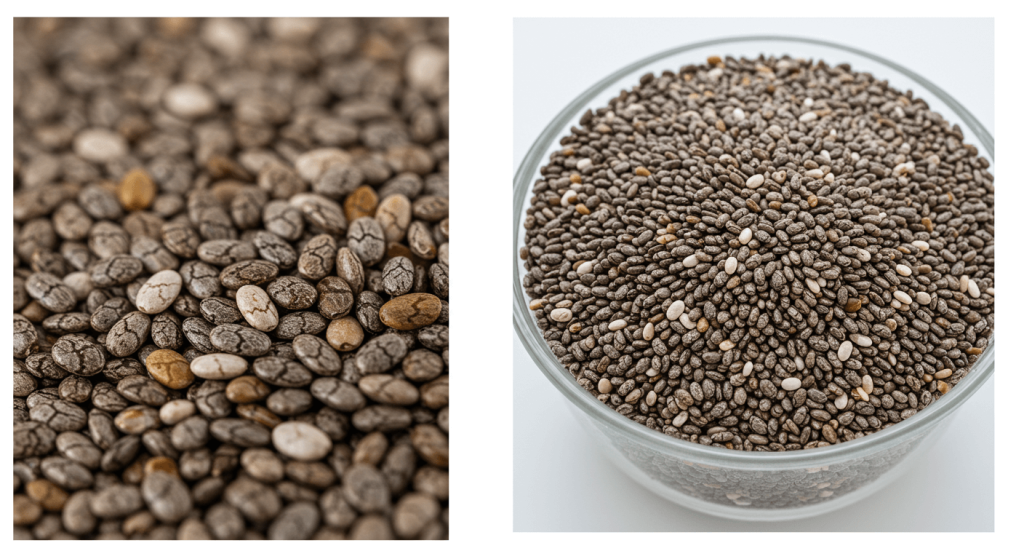
These tiny seeds are fiber-packed powerhouses. Just 2 tablespoons give you around 10 grams of fiber! They soak up water and turn into a jelly-like texture, perfect for overnight oats, smoothies, or chia pudding.
10. Whole Wheat Bread (2g per slice)
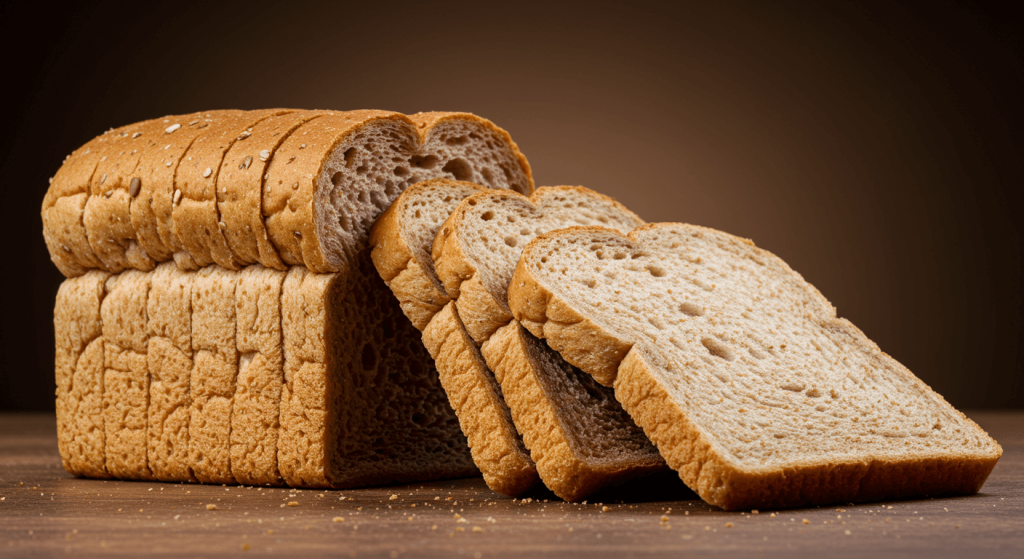
Not all bread is bad whole wheat bread is your friend. Each slice gives you fiber and helps keep you full. Just check the label to make sure “whole wheat” is the first ingredient.
| Sr | Food | Fiber | Serving Size | Extra Benefit |
| 1. | Raspberries | 8g | 1 cup | Packed with antioxidants |
| 2. | Lentils | 15g | 1 cup (cooked) | High in protein and iron |
| 3. | Avocados | 10g | 1 medium | Full of healthy fats |
| 4. | Black Beans | 15g | 1 cup (cooked) | Great source of plant-based protein |
| 5. | Pear (with skin) | 5.5g | 1 medium | Loaded with vitamins and antioxidants |
| 6. | Oats | 4g | 1 cup (cooked) | Helps lower cholesterol |
| 7. | Chickpeas | 6g | ½ cup (cooked) | Versatile in salads, stews, and snacks |
| 8. | Broccoli | 5g | 1 cup (cooked) | Full of vitamin C and immune support |
| 9. | Chia Seeds | 10g | 2 tbsp (1 oz) | Excellent for digestion and hydration |
| 10. | Whole Wheat Bread | 2g | 1 slice | Easy fiber upgrade from white bread |
Why Fiber Matters (And Why You Might Need More)
Most people in the U.S. don’t get enough fiber. The average adult needs 25 to 38 grams each day, but most only get about half that. When you eat enough fiber, it helps:
- Keep your digestive system moving
- Control blood sugar levels
- Lower cholesterol
- Support a healthy weight
Fiber also helps you feel full, which means fewer cravings and less snacking between meals.
Easy Ways to Eat More Fiber Daily
Getting more fiber doesn’t have to be hard. Try these quick tips:
- Swap white bread for whole wheat
- Add berries or bananas to your breakfast
- Choose brown rice or quinoa instead of white rice
- Snack on nuts, seeds, or raw veggies
- Drink lots of water to help fiber work better in your body
Frequently Asked Questions
What are the 10 highest fiber foods?
Some great foods to add to your diet are chickpeas, lentils, split peas, oats, apples, pears, almonds, chia seeds, Brussels sprouts, and avocados. But it’s also important to eat a mix of different nutrients to stay healthy.
What drink is high in fiber?
Some drinks can also have a lot of fiber. Smoothies made with fruits, veggies, and seeds are a great choice. Prune juice and special drinks, which have added fiber, can also help you get more fiber.
How can I get 30g of fiber a day?
You can get 30g of fiber a day by eating a mix of high-fiber foods like lentils, chickpeas, oats, apples, chia seeds, almonds, Brussels sprouts, avocado, pears, and split peas. Try having oats for breakfast, a lentil salad for lunch, fruits and nuts for snacks, and veggies with dinner. Spread fiber across your meals to hit your daily goal easily.
What fiber should I eat every day?
Even though there’s no exact rule for how much soluble or insoluble fiber you need, experts say most people should get 25 to 30 grams of total fiber each day. About 6 to 8 grams of that should come from soluble fiber.
Final Thoughts
Eating fiber isn’t just good for you, it’s easy and delicious, too. By adding these top 10 fiber foods to your meals, you’ll feel better, have more energy, and take a big step toward long-term health.

